I have a canvas script, with a dynamic of data. I want to add a link to share the website to facebook:
https://gyazo.com/c1fd1fe956fddba27b48907dc0e9de0a
The icons are part of the image I have not generated them via canvas, now if I listen for a click for co-ords it won't work because it'll look for clicks on the first canvas part aswell.... How can I go about making those icons part of the image clickable....
Part that makes the menu:
ig.module("game.entities.gameover").requires("impact.entity", "game.entities.button-gameover").defines(function() {
var b = new ig.Timer;
EntityGameover = ig.Entity.extend({
size: {
x: 302,
y: 355
},
type: ig.Entity.TYPE.B,
animSheet: new ig.AnimationSheet("media/graphics/game/gameover.png", 301, 352),
zIndex: 900,
globalAlpha: 0.1,
closeDialogue: !0,
init: function(c, d, g) {
this.parent(c, d, g);
this.addAnim("idle", 1, [0]);
this.currentAnim = this.anims.idle;
this.tween({
pos: {
x: 89,
y: 120
}
}, 0.5, {
easing: ig.Tween.Easing.Back.EaseInOut
}).start();
this.storage = new ig.Storage;
this.storage.initUnset("highscore-CTF", 0);
this.storage.initUnset("highscore-CTF2", 0);
this.storage.initUnset("highscore-CTF3", 0);
ig.global.score > this.storage.get("highscore-CTF") ? (this.storage.set("highscore-CTF3", this.storage.get("highscore-CTF2")), this.storage.set("highscore-CTF2", this.storage.get("highscore-CTF")), this.storage.set("highscore-CTF", ig.global.score), this.storage.initUnset("highscore-CTF2", 0), this.storage.initUnset("highscore-CTF3", 0)) : ig.global.score > this.storage.get("highscore-CTF2") ?
(this.storage.set("highscore-CTF3", this.storage.get("highscore-CTF2")), this.storage.set("highscore-CTF2", ig.global.score), this.storage.initUnset("highscore-CTF2", 0), this.storage.initUnset("highscore-CTF3", 0)) : ig.global.score > this.storage.get("highscore-CTF3") && this.storage.set("highscore-CTF3", ig.global.score);
this.storage.initUnset("total-CTF", 0);
this.storage.set("total-CTF", this.storage.get("total-CTF") + ig.global.score);
ig.game.spawnEntity(EntityButtonGameover, 23, 700, {
buttonID: 1
});
ig.game.spawnEntity(EntityButtonGameover,
220, 700, {
buttonID: 2
});
ig.game.spawnEntity(EntityButtonGameover, 390, 700, {
buttonID: 3
});
b.set(0.3)
},
update: function() {
this.parent()
},
draw: function() {
this.ctx = ig.system.context;
this.closeDialogue ? (this.ctx.save(), this.ctx.fillStyle = "#000000", this.ctx.globalAlpha = this.globalAlpha, this.ctx.fillRect(0, 0, 480, 640), this.ctx.restore(), this.globalAlpha = 0.7 <= this.globalAlpha ? 0.7 : this.globalAlpha + 0.01) : this.closeDialogue || (this.ctx.save(), this.ctx.fillStyle = "#000000", this.ctx.globalAlpha = this.globalAlpha, this.ctx.fillRect(0,
0, 480, 640), this.ctx.restore(), this.globalAlpha = 0.1 >= this.globalAlpha ? 0 : this.globalAlpha - 0.05);
this.parent();
this.ctx.font = "30px happy-hell";
this.ctx.fillStyle = "#5b2a0b";
this.ctx.textAlign = "center";
this.ctx.fillText(_STRINGS.UI.Best, this.pos.x + 70, this.pos.y + 180);
this.ctx.fillText(_STRINGS.UI.Score, this.pos.x + 70, this.pos.y + 260);
//share
this.ctx.font = "30px happy-hell";
this.ctx.fillStyle = "#ffffff";
this.ctx.textAlign = "left";
this.ctx.fillText(this.storage.getInt("highscore-CTF"), this.pos.x + 140, this.pos.y + 180);
this.ctx.fillText(ig.global.score, this.pos.x + 140, this.pos.y + 260)
},
closeDialogueFunc: function() {
this.closeDialogue && (this.tween({
pos: {
x: 89,
y: -600
}
}, 0.5, {
easing: ig.Tween.Easing.Back.EaseInOut
}).start(), this.closeDialogue = !1)
}
})
});
